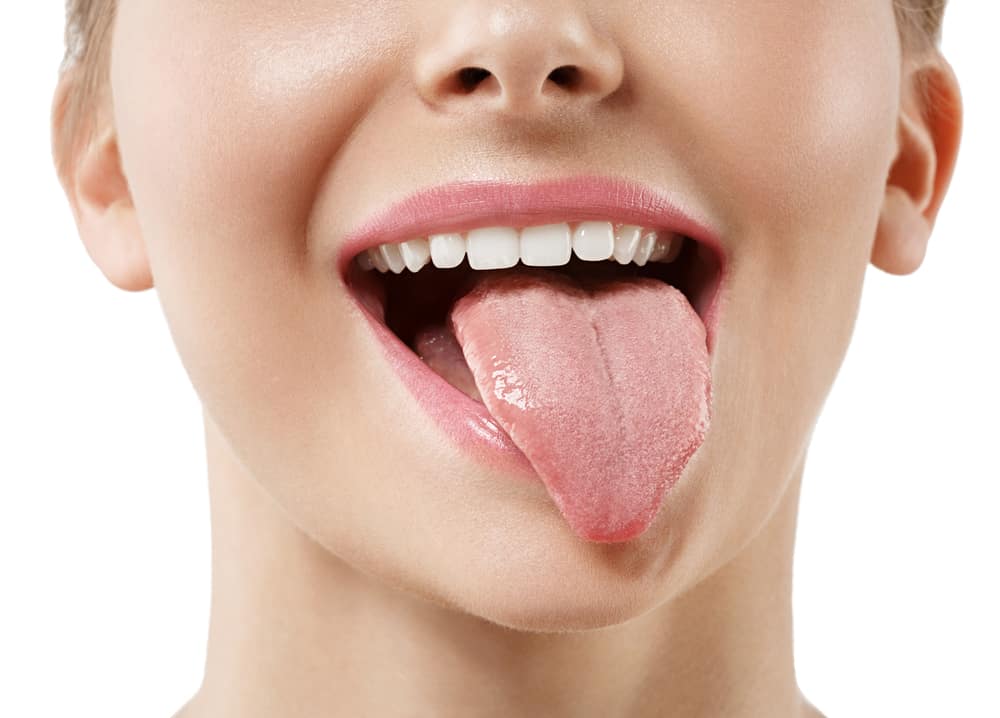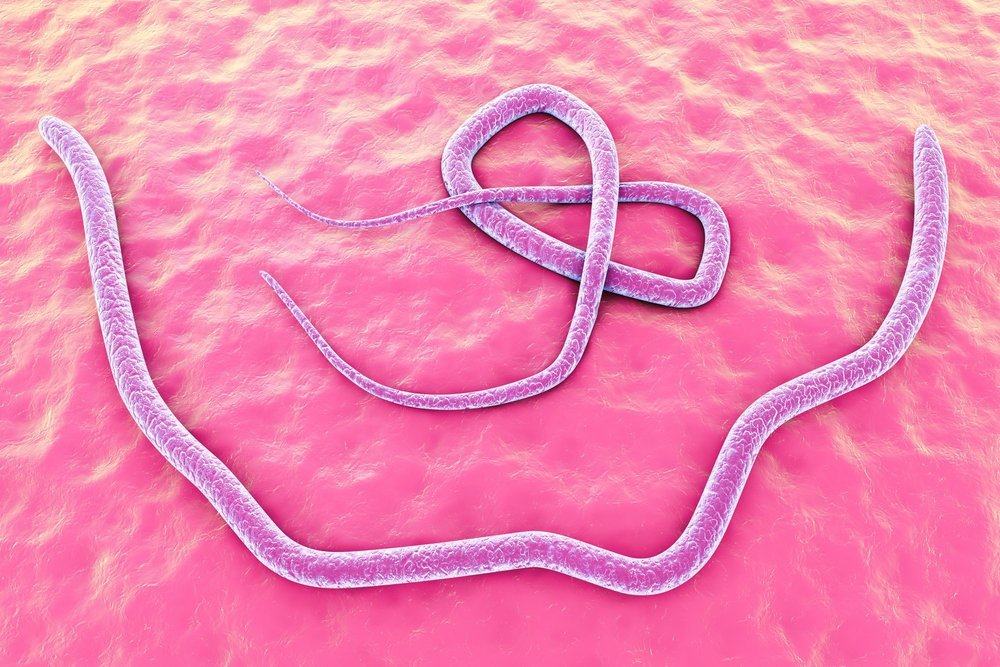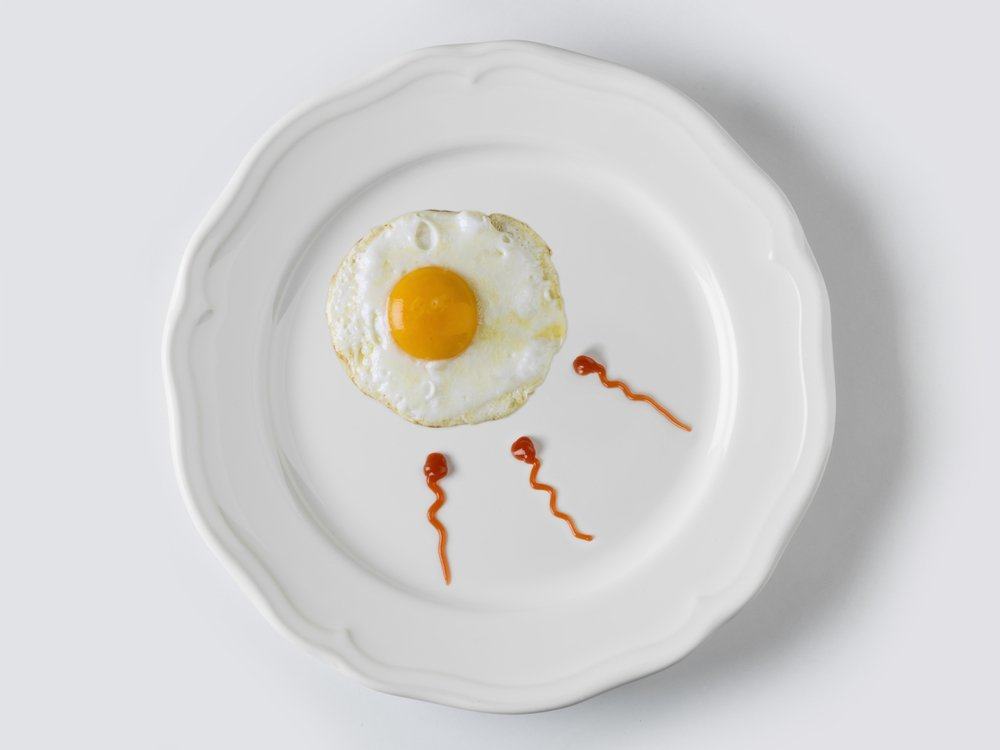Contents:
- Medical Video: Structure Of The Tongue - Functions Of The Tongue - What Are Taste Buds
- Get to know the tongue
- Parts of the tongue
- What are the functions of the tongue?
- As a sense of taste
- Helps suck
- Helps the process of eating, chewing, grinding, swallowing and salivating
- Help touch
- Helps communicate
- Protect the mouth from germs
Medical Video: Structure Of The Tongue - Functions Of The Tongue - What Are Taste Buds
The main function of the tongue is as a sense of taste to distinguish the different types of food taste. But did you know that it turns out the tongue stores a variety of other functions? Let's find out more about the muscular organs that reside in this mouth.
Get to know the tongue
The tongue is a collection of skeletal muscles in the floor of the mouth that is covered by a mucous membrane that looks rough. The rough texture of the tongue's surface comes from small bumps of the papilla. Papillae are the tip of the taste nerves that are connected to nerves in the brain, so you can feel various kinds of taste in food - bitter, sour, salty, sweet and savory.
The number of papilla in each person is not necessarily the same. People who have many papillae will be more sensitive to the depth and variety of flavors. The tongue surface can have a white crust layer. This is a common thing, although it is more common in older people.
Parts of the tongue
- Tip and edge of the tongue. This section includes the front tongue (end) and right and left (edge). The tip and edge of the tongue can move freely to the front, back, right, or left.
- Base of the tongue. This section has many sensory cells that support the function of the tongue to feel and touch something that goes into the mouth.
Tongue root. This part is also called the base of the tongue, located on the underside of the tongue so that it cannot be seen from outside the mouth. The root or base of the tongue cannot move freely and is connected to the floor of the mouth.
The tongue has a number of muscles and nerves that help detect and transmit sense signals to the brain. The existence of these muscles makes the tongue move freely in all directions in the oral cavity.
The only bone that is directly related to the tongue is the hyoid bone. This bone is located between the neck and inner chin. The tongue also has another part called the frenulum. This section connects the tongue to the oral cavity while functioning as a support for the tongue.
What are the functions of the tongue?
As a sense of taste
Tongue has taste receptors to taste food, drinks, or whatever goes into the mouth. This receptor is found in taste buds. That way, you can distinguish sweet, sour, salty, bitter, tasty, or unpleasant taste.
Helps suck
Babies use their tongues when sucking on mother's milk. The tongue helps suck the liquid that enters the mouth.
Helps the process of eating, chewing, grinding, swallowing and salivating
The tongue can move freely in the mouth so that the tongue can help process food and drinks from being dense to soft so it is easy to swallow. When chewing, the tongue and cheeks work together to move food between the teeth so they can be chewed. The tongue presses the food that is destroyed (bolus) into the ceiling and moves the bolus into the throat, initiating the process of swallowing. Then it goes into the stomach and is processed by digestive devices. This movement of the tongue also stimulates saliva discharge.
Help touch
The tip of the tongue is one of the most sensitive parts of the body. The tip of the tongue functions to feel or recognize the food that enters and cleanse the remaining food in the mouth.
Helps communicate
The ability of tongue movements is also used to speak. The tongue works with the lips and teeth to make the sound coming out of the throat clear and understood by the other person.
Protect the mouth from germs
At the base of the tongue, there is a collection of protective cells called lingual tonsils. These cells are behind the oral cavity and together with tonsils of the palatina (tonsils) and pharyngeal tonsils (adenoid). Tonsils are located on the left and right of the oral cavity, while adenoids are located on the back wall of the nasopharynx. Both are in charge of protecting the body from the disruption of germs that can enter through the mouth.
After recognizing the part of the tongue and its various functions, it will realize how important it is to maintain the health of the oral cavity as a whole. You should always maintain a clean tongue to maintain oral health, because toothbrushes are not enough. Hygiene and tongue health will help you avoid the threat of various diseases.












